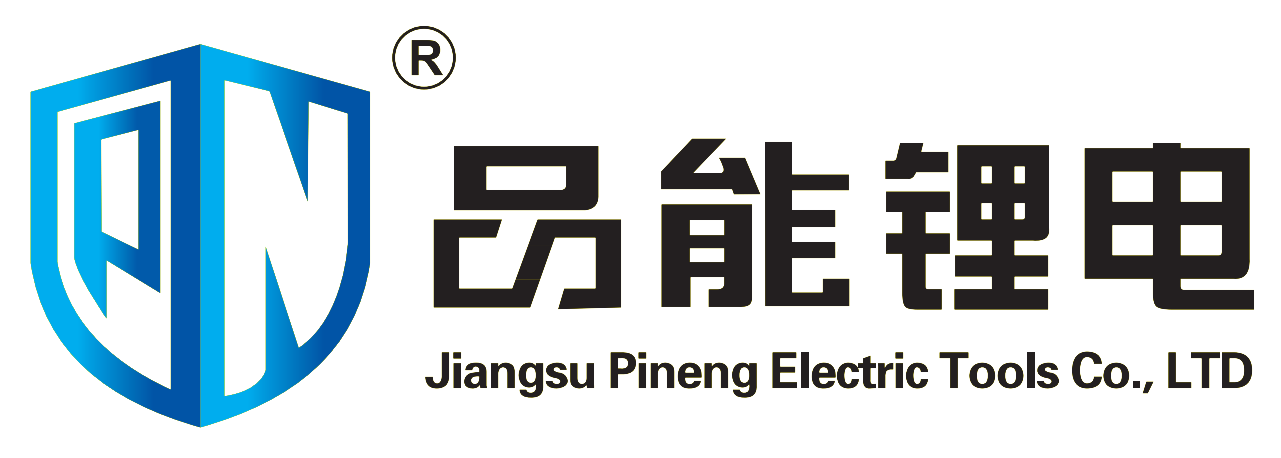What is a Power Drill?
Basic Function and Design
Power drills have become must-have tools for anyone who likes working on their own projects or needs reliable equipment at work. These handy devices can punch through wood, metal, plastic, and other materials while also tightening those stubborn screws that always seem to give trouble. What makes modern power drills so great? They come with adjustable speed controls that let users fine tune how fast the bit spins based on what they're actually doing. Need to drill into hardwood? Slow it down. Tackling sheet metal? Crank it up a notch. Most folks find themselves choosing between two main types these days: ones that plug into the wall and battery powered models. The wireless options are fantastic when moving around a job site or working somewhere far from outlets, but sometimes nothing beats having constant power flowing straight from the socket during long sessions of drilling and screwing.
Common Uses of Power Drills
Power drills show up everywhere from woodworking shops to DIY home projects and furniture put-together sessions. They really come in handy when someone needs to drill accurate holes for screws or attach things securely into wood, drywall, maybe even plastic surfaces around the house. What makes these tools so great is how they can do way more than just drill and drive screws. Swap out the bits and suddenly the same drill becomes useful for smoothing rough spots, grinding down edges, or whipping up paint mixtures in a bucket. That kind of flexibility explains why almost every toolbox worth its salt includes at least one decent power drill these days. Contractors and weekend warriors alike rely on them day after day for all sorts of building and fixing jobs.
Key Components: Chuck, Clutch, and Speed Settings
A good power drill comes with three main parts: the chuck, clutch, and speed controls. These features make the tool much more useful for everyday work around the house or workshop. Let's start with the chuck, which basically grabs onto the drill bit so it stays put while working. There are two types out there - ones that need a special key to tighten and others that just twist right on. The clutch part might be something people overlook but it actually does a lot. It helps control how much force gets applied when driving screws into wood or metal. Without this feature, screws would get stripped pretty quickly. Speed adjustments matter too because not everything needs maximum power. Slower speeds work better for delicate materials like plastic or thin sheet metal. Having these options makes power drills versatile enough to handle almost any job from hanging picture frames to building furniture.
For more detailed information on power drills, you can explore additional resources or consider testing a few models to find ones that cater best to your specific needs.
What is an Impact Drill?
Mechanism: Rotational Force and Hammering Action
Impact drills, sometimes called impact drivers, work by combining rotation with quick hammering motions to get screws into hard stuff. The way these tools operate gives them extra power while needing less muscle from whoever's holding them, which is why they're so good for serious fastening jobs around the shop. What really stands out about impact drivers is how they handle tough materials. Screws go into thick wood or even metal without getting stripped or snapped off, something regular drills just can't manage consistently. That's why pros reach for impact drivers when working on projects where both accuracy matters and brute force comes into play regularly.
Primary Applications of Impact Drills
Impact drills come into play mostly when dealing with tough fastening jobs or installing those big lag bolts and oversized screws that regular drills just can't handle. Construction sites and home renovations love these tools because nobody wants to spend all day fighting with stubborn hardware. Mechanics and auto shops also rely heavily on impact drills since they pack serious punch in tight spaces. Think about changing brake rotors or assembling engine components - these situations demand real power concentrated in one spot. What sets impact drills apart is their raw capability to tackle what would otherwise be frustratingly slow work, making them a must-have tool for anyone serious about getting things done right and quickly.
Design Features: Hex Chuck and Compact Build
Most impact drills come equipped with a hexagonal chuck system that makes switching bits super fast without needing extra tools around. The small size really helps when working in cramped areas where bigger tools just won't fit, plus it means less strain on hands and arms after hours of drilling through tough materials. Weighing less than traditional models gives these drills better handling characteristics, which matters a lot when tackling those marathon jobs at home or on site. All these practical design elements combine to create both functional power and physical comfort. When reliability matters most for serious DIY work or professional applications, an impact drill stands out among competitors for good reason.
Power Drill vs Impact Drill: Key Differences
Power Output: Torque and RPM Compared
Torque matters a lot when we look at power drills versus impact drills for different jobs around the shop or home. Regular power drills tend to have less torque, so they work best with things like wood or plastic where getting an accurate hole is more important than brute force. On the flip side, impact drills pack way more punch because they're built for tougher work. These tools can drive screws deep into hardwood, concrete anchors, or whatever else needs serious muscle without stripping bits or breaking bolts. Someone working on furniture assembly might stick with a standard drill, but anyone tackling construction projects will find themselves reaching for that trusty impact driver again and again. Knowing what each tool does well helps folks pick the right one based on what actual job they need done at the moment.
Mechanism: Continuous Rotation vs. Pulsing Impact
What makes power drills different from impact drills comes down to how they work inside. Regular power drills spin continuously, which works great when someone needs to drill clean holes or drive screws accurately without much resistance. On the other hand, impact drills have this special feature where they deliver short bursts of extra force while rotating. This helps push through stubborn materials or tighten really tight bolts that just won't budge with normal torque. The way these tools function affects what kind of jobs they're good at. Most folks find regular drills sufficient for everyday home projects, but when dealing with construction work or heavy duty tasks around the shop, reaching for an impact drill becomes necessary rather than optional.
Chuck Types: Keyless vs. Hex Shank
Getting the right chuck type makes all the difference when it comes to how well tools work and how good they feel to use. Most power drills these days come with keyless chucks that let people swap out bits fast without fumbling around with keys every time they need to switch tasks. Impact drills are different though. They usually have hex shanks instead because this setup holds onto bits much better when there's lots of torque involved. The hex shank just stays put even under heavy strain, so bits don't slip out mid-job. For anyone working on projects where bits get swapped frequently or need extra holding power, picking between these chuck types isn't just about preference anymore. It actually affects how smoothly everything goes from start to finish.
Noise, Weight, and User Comfort
When picking between these different tools, noise level, weight, and how comfortable they feel matter quite a bit. Impact drills make way more noise because of that constant hammering motion inside them. Sometimes this makes them unsuitable for places where quiet is important like offices or residential areas during certain hours. Power drills on the other hand usually weigh less and move around better in the hand. That's why many people prefer them for jobs that take longer periods or aren't too physically taxing. For professionals who spend all day holding tools, comfort really counts. Construction workers, electricians, plumbers they all know this firsthand. So before making a purchase decision, think about what kind of work gets done most often and which tool will actually stay in the toolbox instead of collecting dust after one use.
Best Use Cases for Each Tool
When to Choose a Power Drill (Woodworking, Light Tasks)
When it comes to working with wood or tackling lighter jobs around the house, power drills really shine, particularly when getting things just right matters most. These tools let folks make nice straight holes without all that extra muscle, which makes them super handy for putting together furniture pieces, setting those little starter holes before bigger work, or fixing up small issues around the home. Knowing what a good quality drill can actually handle helps prevent frustration later on down the road. Too many people grab whatever drill they find lying around and end up damaging their project or breaking the bit. Focus should be placed more on being able to control where exactly that hole goes instead of simply going for maximum torque every time. That way, even beginners can get professional looking results without blowing through bits or wasting materials.
When to Opt for an Impact Drill (Heavy-Duty Fastening)
When it comes to serious fastening jobs involving lag bolts or thick pieces of wood, getting the right impact drill makes all the difference. These tools really shine when time matters most, think about building a deck or putting together some sturdy furniture. The best part? They pack enough power to drive those screws deep without wearing out the person holding them. Projects go much quicker this way, and nobody ends up with sore arms from wrestling with stubborn hardware. Most contractors swear by their impact drills for tough jobs because they just get things done faster than regular drills ever could.
Scenarios Where Both Tools Complement Each Other
For most home improvement jobs around the house, mixing power drills with impact drivers usually works better than relying on just one tool. Power drills are great for starting holes and getting things lined up right, while impact drivers really shine when it comes to tightening screws quickly and firmly. Knowing which tool to grab at different stages makes all the difference in how smoothly a project goes and what kind of finish we end up with. When someone combines these two tools properly, they get the accuracy from the power drill paired with the serious muscle of the impact driver. This combo saves time and frustration, especially during bigger projects where precision matters but speed counts too.
FAQ
Q: What are the main differences between power drills and impact drills?
A: Power drills offer continuous rotation and are ideal for precision tasks with softer materials, while impact drills feature a combined rotational force and hammering action, perfect for heavy-duty applications.
Q: Can impact drills be used for drilling holes?
A: Yes, impact drills can be used for drilling holes, but they are best suited for fastening tasks. Power drills are better for creating precise holes.
Q: What should I consider when choosing between a power drill and an impact drill?
A: Consider the task requirements, such as torque, precision, and material toughness. Power drills are preferred for precision and lighter materials, while impact drills are for high torque and denser materials.


